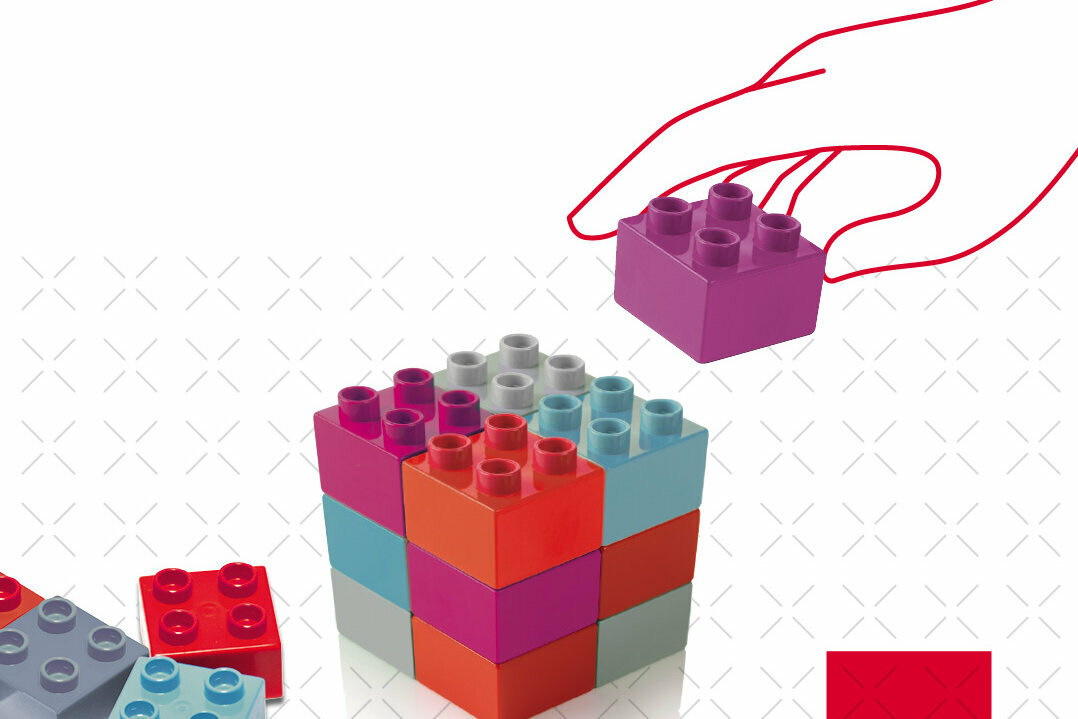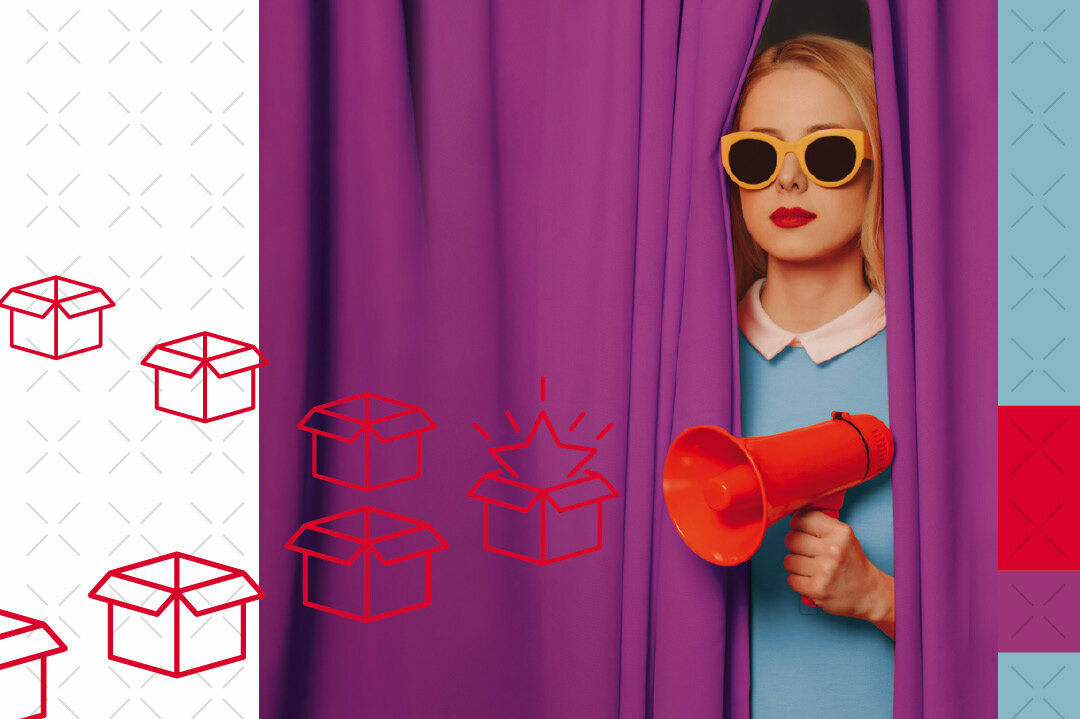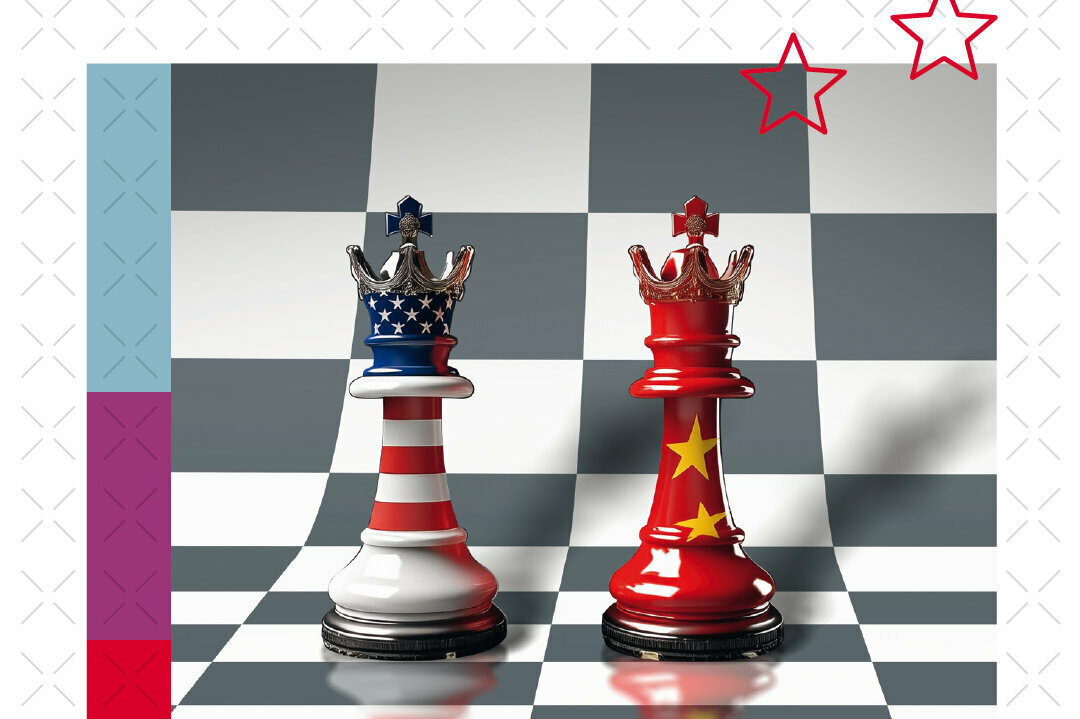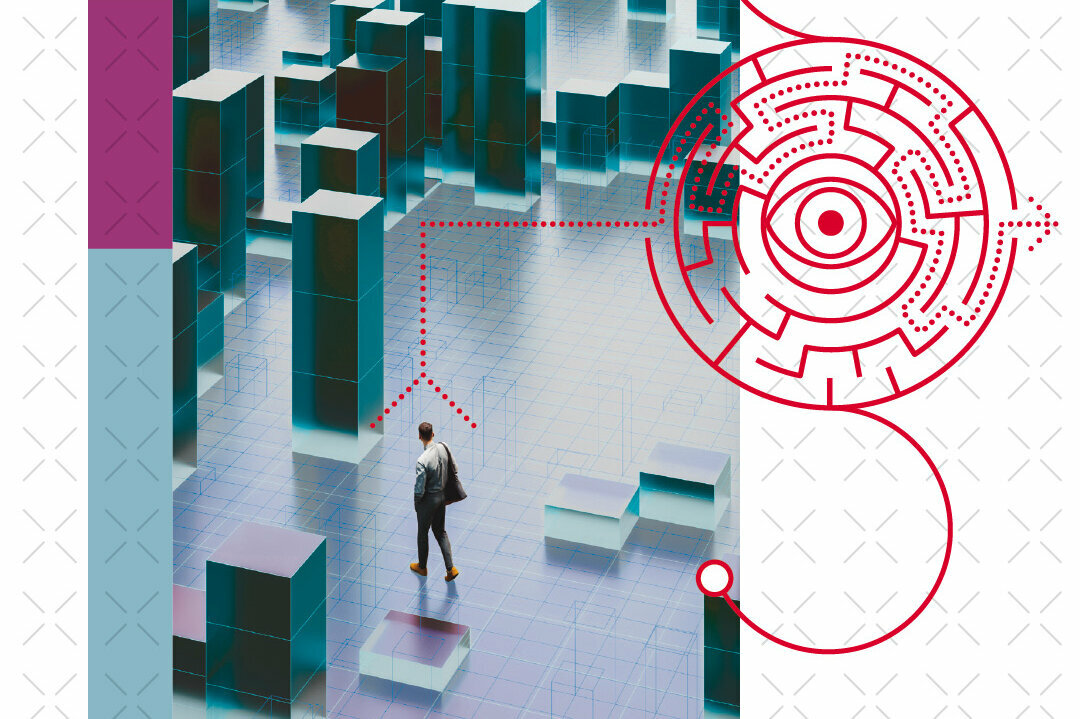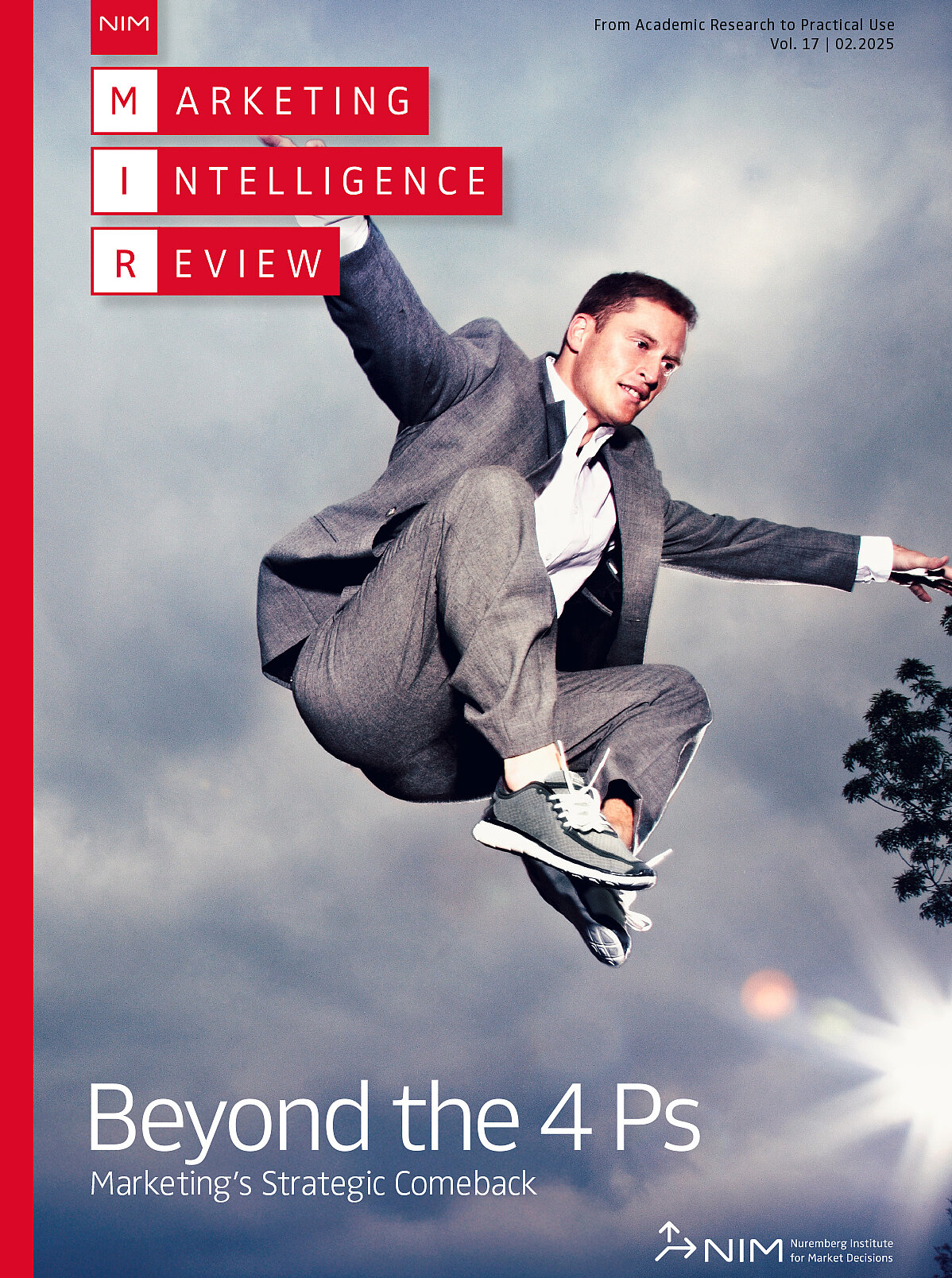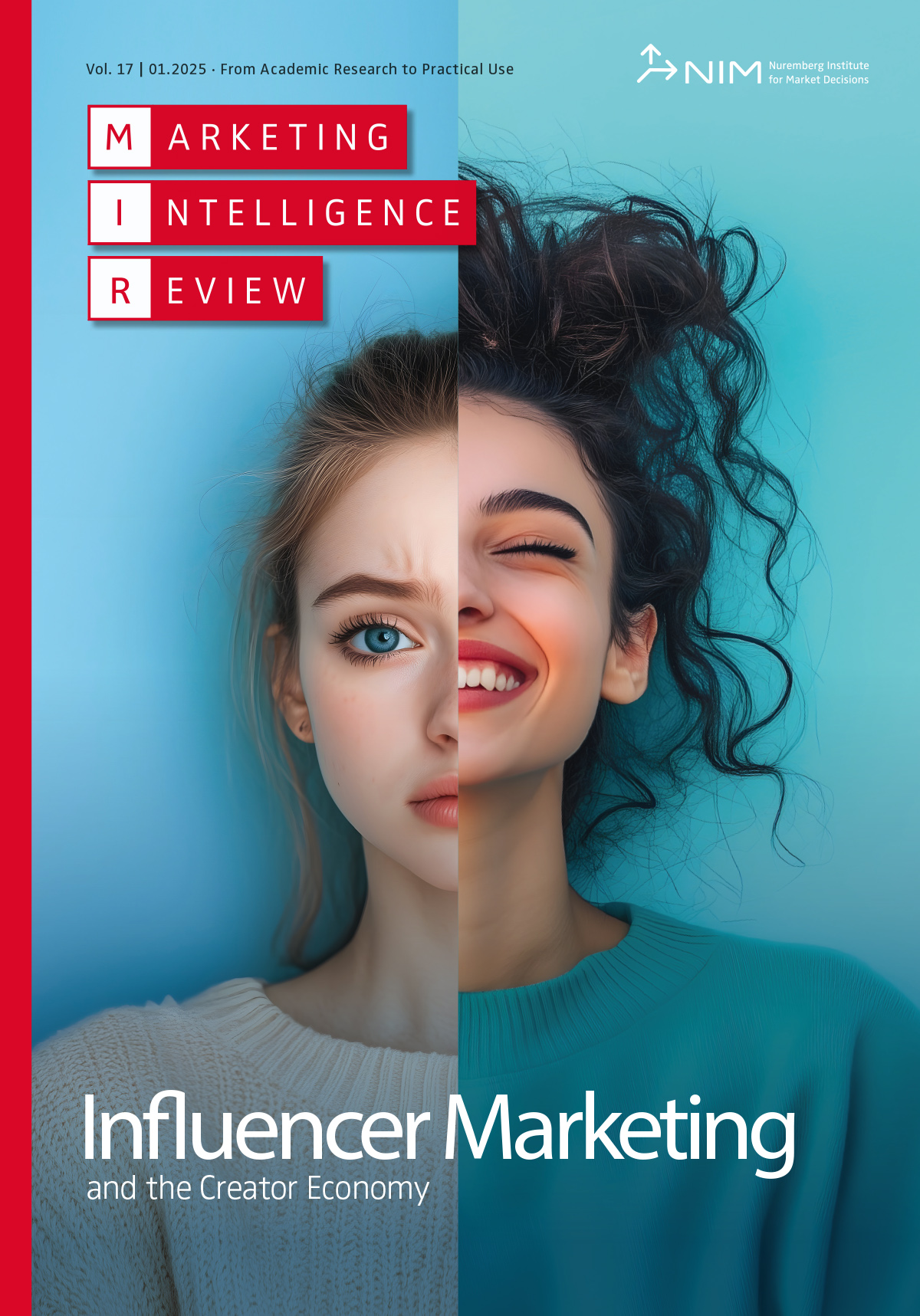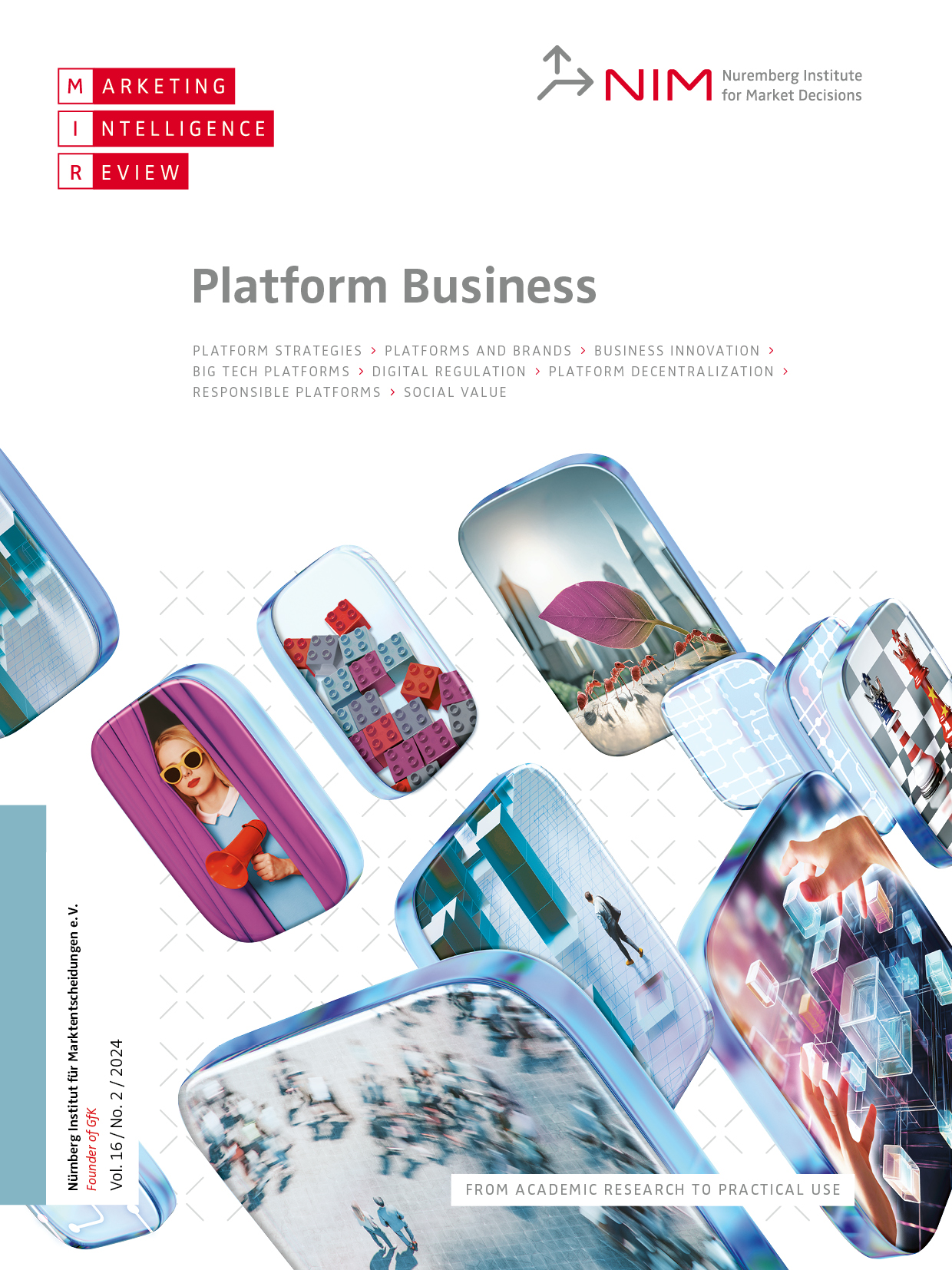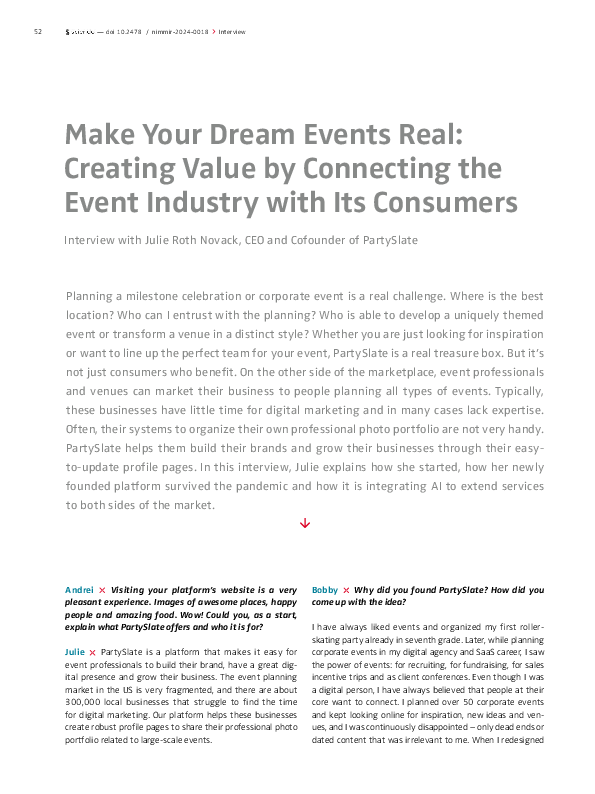 Download
Download
Hagiu, A. & Zhou, "Make Your Dream Events Real: Creating Value by Connecting the Event Industry with Its Consumers: Interview with Julie Roth Novack, CEO and Cofounder of PartySlate" NIM Marketing Intelligence Review, vol. 16, no. 2, Sciendo, 2024, pp. 52-57. https://doi.org/10.2478/nimmir-2024-0018
Make Your Dream Events Real - Creating Value by Connecting the Party Industry with Its Consumers
Planning a milestone celebration or corporate event is a real challenge. Where is the best location? Who can I entrust with the planning? Who is able to develop a uniquely themed event or transform a venue in a distinct style? Whether you are just looking for inspiration or want to line up the perfect team for your event, PartySlate is a real treasure box. But it’s not just consumers who benefit. On the other side of the marketplace, event professionals and venues can market their business to people planning all types of events. Typically, these businesses have little time for digital marketing and in many cases lack expertise. Often, their systems to organize their own professional photo portfolio are not very handy. PartySlate helps them build their brands and grow their businesses through their easyto-update profile pages. In this interview, Julie explains how she started, how her newly founded platform survived the pandemic and how it is integrating AI to extend services to both sides of the market.
Andrei: Visiting your platform’s website is a very pleasant experience. Images of awesome places, happy people and amazing food. Wow! Could you, as a start, explain what PartySlate offers and who it is for?
Julie: PartySlate is a platform that makes it easy for event professionals to build their brand, have a great digital presence and grow their business. The event planning market in the US is very fragmented, and there are about 300,000 local businesses that struggle to find the time for digital marketing. Our platform helps these businesses create robust profile pages to share their professional photo portfolio related to large-scale events.
Bobby: Why did you found PartySlate? How did you come up with the idea?
Julie: I have always liked events and organized my first rollerskating party already in seventh grade. Later, while planning corporate events in my digital agency and SaaS career, I saw the power of events: for recruiting, for fundraising, for sales incentive trips and as client conferences. Even though I was a digital person, I have always believed that people at their core want to connect. I planned over 50 corporate events and kept looking online for inspiration, new ideas and venues, and I was continuously disappointed – only dead ends or dated content that was irrelevant to me. When I redesigned my kitchen, I came across Houzz, a site offering inspiration and assistance when building or renovating a house, and it struck me: Why don’t I have something as beautiful and seamless for the events I am planning?
Andrei: And just like that, you decided to quit your high-paying executive digital job and start a platform for planning events?
Not immediately. Only after dreaming out loud for three years and talking to my husband; we agreed that I had to do this. I had already run a 50-million-dollar digital agency, had business experience and a sales background, and I knew technology. The idea became my obsession. Finally, I created a business plan and decided to quit my job and raise a million dollars from my network and an institutional VC investor here in Chicago.
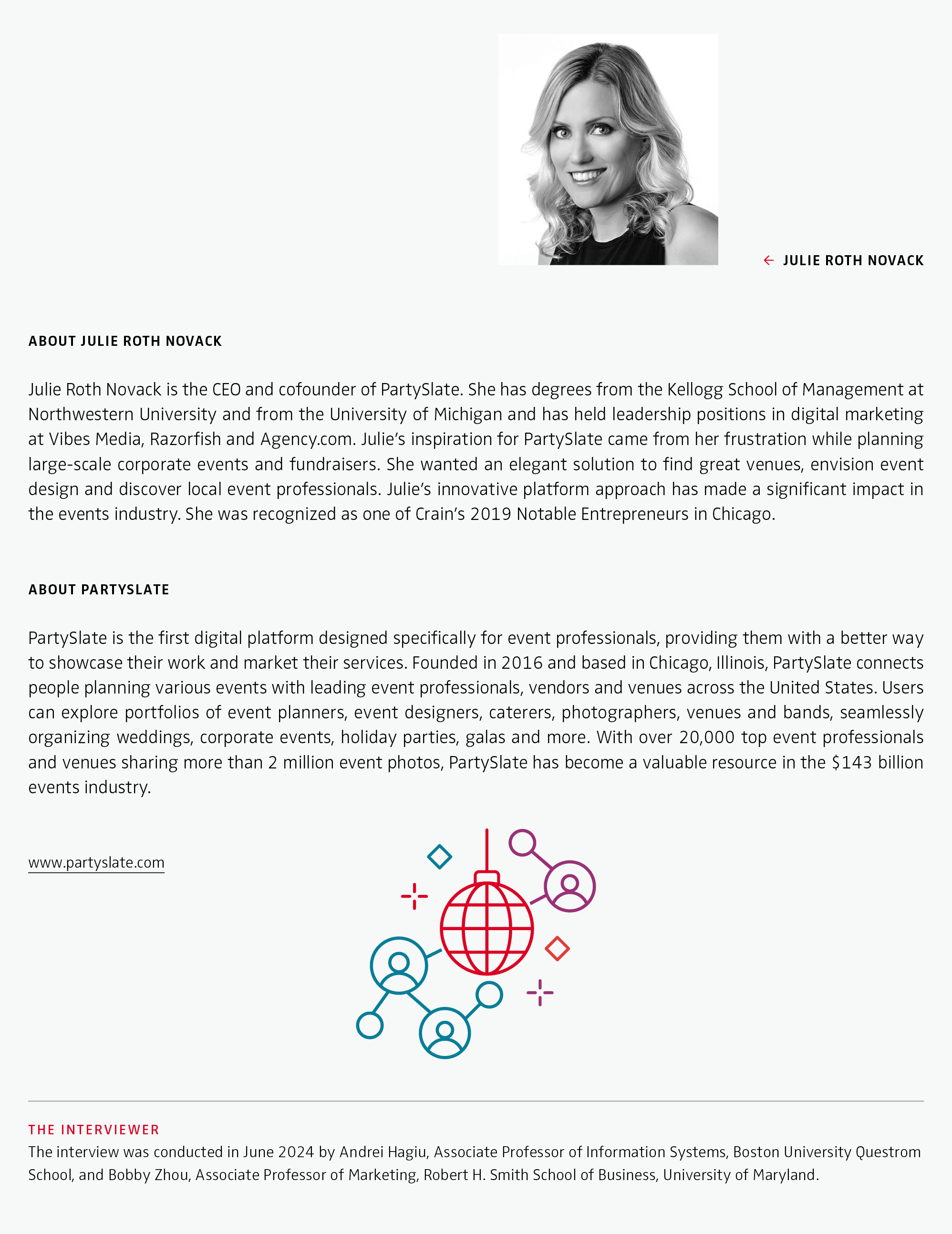
Bobby: Obviously, you hit a nerve. What could you offer to the event planning scene that didn’t exist before?
Julie: I learned very quickly that most businesses in this market are not strong digital marketers and need to become better. They are too busy planning large-scale, complex events. Roughly 90% of event professionals share that they don’t have enough time for SEO, email or updating websites or significantly invest in their marketing. For them, PartySlate is an easy way to build a brand, have a great digital presence and grow their business. So, on the one side, we have the professionals who are able to create a beautiful, stunning portfolio-sharing tool and can connect with people looking for their event team and venue. And on the other side of this two-sided marketplace, we have consumers who get inspired and enabled to find their perfect team for an event.
Andrei: Would you describe PartySlate as primarily B2B or rather B2C?
Julie: It’s business to business to consumer. Consumers on the demand side can be corporate consumers planning a corporate event or people like you and I planning weddings, bar and bat mitzvah, birthdays, baby showers, etc. They find inspiration and professionals they can hire. On the other side, the supply side, there are the companies that receive the money for producing events. These can be venues, planners, caterers, photographers, florists, decor companies and more. In addition, the professionals also look for new partners on PartySlate. If I am an event producer planning a big holiday party, I might be looking for new caterers or other services. But about 95% of our traffic is the people that have money to spend on an event.
Bobby: Your platform’s main value proposition for consumers is discovery. Discovery of ideas but also of professionals they might hire. On the supply side, do you enable these businesses to conduct their transactions on the platform?
Julie: No, we don’t, because this is a highly considered purchase that requires many meetings before a proposal can be created. Think about a hotel – let’s say the Hilton. The contract they send is 25 pages long and includes a food and beverage order, the level of bar service and a room block. And before you get a $30,000 to $40,000 proposal, you have many collaborative planning meetings, maybe even a tasting. They have their own enterprise hospitality systems for rooms and another system for ordering food and beverages. We can’t help with those transactions because it’s not just click and buy. Whoever is interested can simply request information and contact any business directly.
For the businesses in the event industry, PartySlate is an easy way to build a brand, have a great digital presence and grow their business.
Andrei: So, you do not get commission from the transactions that originate from your platform. How do you generate your income?
Julie: We receive an annual fee for the digital marketing subscription. The basic listing on the platform is free, but venues and vendors can buy a subscription for an elevated position in our directory, for additional customer support and advanced profile features that drive higher conversion. There are different plans at different price levels. In premium plans, we even take suppliers to their analytics, and they can see exactly how many people visit their websites and how many have sent inquiries and have hired or reviewed their profiles.
Bobby: Are you planning to extend the services on your platform?
Julie: Yes, we want to be a marketplace plus offer SaaS solutions and become a digital asset management platform for our industry. We’re using auto artificial intelligence image recognition, which has tremendously improved in the last six months. This solution will help our clients organize and search their own content. They can search their 100,000 photos and find that perfect photo for a proposal, for Instagram or other marketing channels.
Andrei: So, all those services are pre-transaction, like for making proposals. Could you give us an example of how this could work?
Julie: Sure. If you were searching for white-tented weddings, our AI-based image recognition will enable you to explore the thousands of photos we have and find that perfect photo. If you’re a consumer, you can save that photo into an idea slate, which is like a Pinterest board. But if you’re a pro, you could actually download a high-resolution photo and copy and paste it to Instagram, including credits like photographer, venue, etc., in literally 30 seconds, and just share it. This would normally take at least 30 minutes. So, we will also be a SaaS-like platform that helps its users save time on their need to be on Instagram and everywhere else.
Bobby: Let’s go back to the beginning of the platform. How did you start?
Julie: We started in Chicago and in the first few years worked city by city: LA, New York, Dallas, San Francisco, etc. It was like traveling with an empty suitcase. I had nothing and needed something to get planners to buy in. I contacted them one by one: Hey, Chicago planners? We’re writing an article on the top wedding planners in Chicago, and we’d like to feature you. Can you send us 10 photos? They wanted to be in the article, and then we built a free profile page for them. We kept building and building until our SEO engine started to work. So, it was really scratching and clawing for the first two years. Now, eight years later, we have 2 million photos and 500,000 videos, and people in the industry can almost not afford not to be on our site. We have a very strong brand now.
Andrei: So, in this chicken-and-egg problem that platforms face when they start, you started building the supplier side first?
Julie: Yes. You can’t tell your friends, go look at PartySlate, and there are just two photos on it. What we had and other marketplaces did not is network-independent value. The profile page itself was beautiful and useful, and there was no downside of sending 10 photos. To start with, we had to create these beautiful and best-in-class profiles and also connect them with the rest of the network to build the network effect, which is so important. This effect enables us to grow at much lower costs.
We will also be a SaaS-like platform that helps its users save time on their need to be on Instagram and everywhere else.
Bobby: How did you connect the two sides to create the network effect?
Julie: Once you upload an event, you can credit, let’s say, the caterer, and you show up on their profile page. So, there, you see the photographer and can click over to the photographer and look at her profile page. In this case, the photographer’s visibility is building while she sleeps. And if a credited co-provider isn’t yet on PartySlate, he cannot be clicked. But we will send them an invite, such as, “You just worked with this photographer or planner. We’d love to set up a free profile for you and tell you more about our platform.” So, that’s our one-to-many network effect.
Andrei: That’s a great network effect. But what you have in addition is almost built-in virality. You have one transaction following another transaction and can use this to bring in more service providers, like a new venue. But you have many different parties in terms of their nature. How were you able to create a site for so many different types of service?
Julie: The most important categories for us are venues, planners, caterers, decor companies and entertainment. What they all have in common is that they value professional photos. The event industry is really the only one in the world that always has professional content creators on board. At every event, you have photographers and videographers. And whether it’s a planner or a venue or a caterer, they all want to look good with professional photos and videos and have a great digital footprint. Venues have slightly different needs as they want to show their room spaces. So, we have a slightly different profile for venues. But for the others, it’s all the same.
Bobby: Among the most important categories, you haven’t mentioned the photographers. Don’t they also play a key role?
Julie: Of course we need the photographers, and we are currently rethinking their role for PartySlate: whether we should rather look at them as content providers that flood the entire system than as customers. Maybe we’ll give them their profiles at a discounted rate and just ask that they connect to their photography platform and upload 20 events a year.
Andrei: Are there any new challenges you are facing currently?
Julie: Everyone, not just our business, is on high alert with artificial intelligence and ChatGPT and whether this will change SEO forever. Will our traffic drop by 50%? It hasn’t because the AI-based services are serving different types of content, and Google is highly incentivized to keep their billions of dollars of advertising. But we’re organic. So how is AI going to push down our search results? Will it eat at our traffic? That could be a big challenge.
Bobby: At least there is an actual, real-world industry behind your service. So, one thing you don’t have to worry about is that AI is going to replace it. But sure, you need to be ready for all these additional channels. Are you leveraging AI in other ways? What are the opportunities AI offers you?
Julie: AI image recognition is huge. Our next product release is called “Search Your Photos.” With it, event professionals, like The Plaza in New York, will be able to search their own photos. Photo management is a real pain point for these huge hotels. They have 200,000 photos that are not organized and then have a big client coming in who wants to show what they did in one of the rooms. Our new tool will enable them to search, manage and share their own photos much more efficiently, and AI image recognition is so good now that it can identify even a brand of a chair, like Chiavari. It will make the search much more efficient.
Bobby: This is awesome, Julie. You have been tremendously successful. Do you have some advice for entrepreneurs who want to start their own platform businesses?
Julie: You should make sure that you are obsessed with the problem you’re trying to solve. You better be prepared to hit every kind of hardship you can’t even think of, such as a two-year global pandemic that causes your industry to shut down. If you’re not passionate about the problem you’re solving, there will be just too many things that will knock you off your feet. If you don’t have the fire for what you’re trying to solve and the feeling that nobody will stop you, I would wait and get experience in an industry or a company that’s close to some of your ideas, or at other startups. The more experience you have, the better chance you have of being successful. So, I feel people should slow down until they can’t live without working on this idea, and then go out to change the world.
Andrei: Wow. That’s powerful advice and a great concluding statement. Thanks so much for explaining to us this amazing platform that you have built. All the best for the SaaS introduction and for further growth in new areas
Hagiu, A. & Zhou, "Make Your Dream Events Real: Creating Value by Connecting the Event Industry with Its Consumers: Interview with Julie Roth Novack, CEO and Cofounder of PartySlate" NIM Marketing Intelligence Review, vol. 16, no. 2, Sciendo, 2024, pp. 52-57. https://doi.org/10.2478/nimmir-2024-0018
